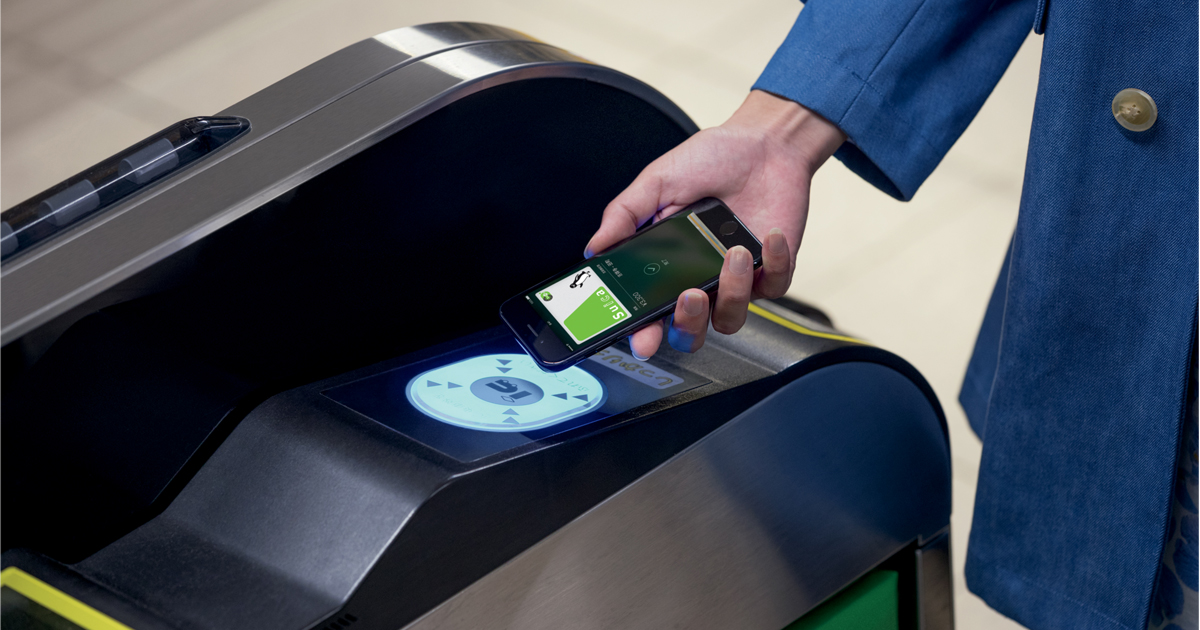
Cloud adoption increases, ransomware rises and emerging technologies are slowly adopted. Source: Shutterstock.com
Which tech trends proved the biggest for small and medium businesses in 2017?
AS 2017 draws to a close, it is worth noting which of the predicted trends proved most popular with small and medium businesses. Here is a look at some of the key SMB tech trends of 2017:
Increase in cloud adoption
Cloud adoption is becoming common practice for small businesses. In fact, more than half of all small businesses in the United States – even those with fewer than 10 employees – use at least one cloud app.
According to International Data Corporation (IDC), more than 70 percent of companies between 10 and 99 employees use cloud services, and more than 90 percent of companies with 100 to 499 employees do.
Knowledge around cloud is steadily increasing across small businesses. According to Emergent Research, more than half of small businesses know what the cloud entails and understand its importance.
Even of those respondents who said they did not trust the cloud, 80 percent said they still use it. According to Steve King, partner at Emergent Research: “The people who aren’t confident or cloud fans still recognize they have no choice.”
Increase in mobile payments, but still not mainstream

Business usage of mobile payments has grown but is still a long way from the mainstream. Source: Shutterstock.com
Business awareness and usage of mobile payments has seen a slight growth over the past year, but is still significantly far from mainstream technology, according to data from pymnts.com.
Mobile payment services such as Apple Pay and Android Pay are becoming more widely understood by both consumers and the SMBs which take in-store payments. Through the use of near-field communication (NFC), users can wirelessly pay for products and services by presenting their phones to NFC readers.
Apple Pay is seeing the highest usage at 5.5 percent; Walmart Pay comes second with 5.1 percent; Samsung Pay follows at 3.3 percent; and Android Pay presents the lowest usage at 1.8 percent, according to the data.
Mobile payments are set to become more mainstream in the next year or two, building a particular interest with tech-savvy millennials.
Ransomware

SMBs are even more vulnerable to cyber attacks than larger companies, says Fortinet report. Source: Shutterstock.com
Recent ransomware attacks have caught the attention of small businesses. Having the most effective cybersecurity practices in place is crucial for organizations of all sizes.
There seems to be a common belief that smaller firms are at a lower risk of attacks, but it is becoming more acknowledged that this could not be further from the truth.
Last month, Fortinet’s Q3 Threat Landscape Report revealed SMBs are actually even more vulnerable to cyberattacks than larger companies, due to factors such as faster adoption of cloud services as well as less advanced security systems.
“What was once viewed as a cost to be minimized is now considered a capability to be optimized,” said Raymond Boggs, vice-president of SMB research at IDC.
Younger leaders drive investment
According to Boggs, the increasing number of millennials in leadership roles in small and medium-sized businesses “are bringing new attitudes and encouraging the use of new technology”.
This change is leading to an increased willingness to embrace new technologies such as IT automation.
“Oldsters are ageing out of the workforce,” said Boggs. “We’re seeing a natural generational shift happening.”
Slow adoption of emerging technologies
The adoption of emerging technologies, such as IoT, AI and VR is shown to be significantly slower for SMBs than any other organization, according to a report by Spiceworks.
According to Boggs, “SMB spending is certainly slow to change” with more traditional software representing the largest share of spending among these organizations.
Emerging technologies such as IoT, AR and VR are still commonly seen as shiny objects to most SMBs.
“Technology-oriented SMBs will be experimenting, but mainstream firms are still years away from knowing what they want to do with these new tools,” said Boggs.
READ MORE
- Analyzing Malaysia’s top e-commerce players of 2017
- Moving Asia 2017: How technology is defining the future of transport
- Machine learning is going to be the next big tech since the Internet
- Here’s a recap of your favorite Tech Wire Asia stories of 2017
- Trends in email marketing for 2018 you can use today






